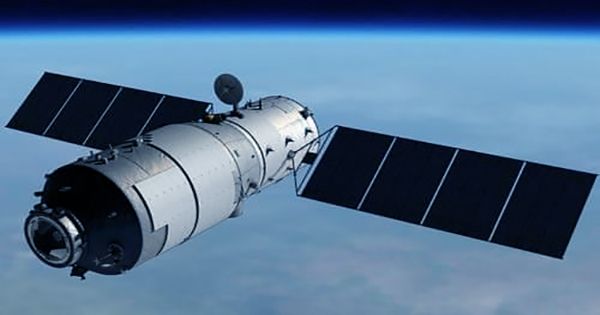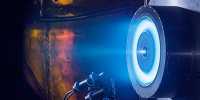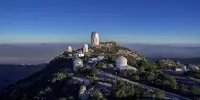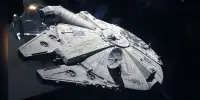In just a few hours, the three tycoonots (space travelers) will launch from Earth and become the first crew to live on the Tiangang space station, whose core core module, Tianhe (meaning “heavenly melody”), was launched less than two months ago. Commander Nii Haisheng, along with operators Liu Booming and Tang Hongbo, will board the Jiukan Satellite Launch Center in North China at Shenzhou 12 on November 17 at 01:12 a.m. at UTC.
The crew is expected to complete a number of important missions in addition to the station assembly for the three-month stay, including two spacewalks. It will be China’s longest crew mission in current orbit, and the first in nearly five years since Tychonauts met the predecessor of the current Tiang space station. “Currently, the spacecraft and rockets are in good condition and the launch site facilities and equipment are in good condition. According to the follow-up plan, various pre-launch effective inspections and joint tests will be carried out, “said a press release, which was automatically translated into Chinese.
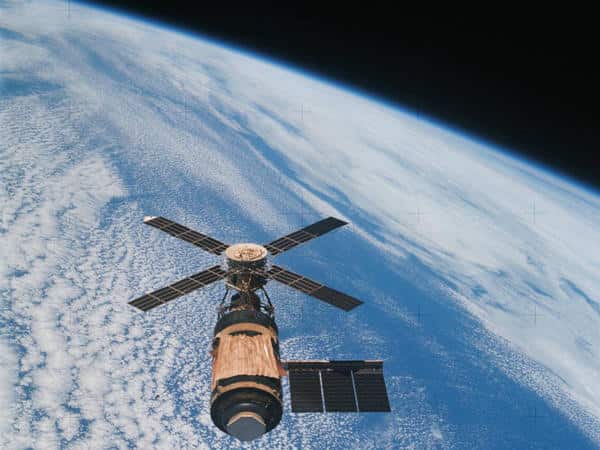
If all goes according to plan, three more crew missions will be held by the end of construction expected for 2022. This will be the second launch of the new space station after the Tianzhou 2 launch a week ago. Tianzhou 2 is part of China’s regenerated cargo fleet. It is unknown at this time whether the cargo craft will be separated during the stay of the Shenzhou 12 crew. The full space station will be about one-fifth of the mass of the International Space Station and will orbit at altitudes of 340 to 450 kilometers (210 and 280 miles). ISST is kept at about 420 kilometers (260 miles). Two experimental modules will be launched next year.
The first will be Vetian (meaning Quest for Heaven) in May-June 2022, about three months after Mengtian (meaning Dream of Dreams). The latest addition will be a separate telescopic module known as Juntian (literally meaning travel in the skies). The telescope is carrying an initial mirror 2 meters (6.6 feet) with a field of vision 300 times larger than the old space telescope Hubble. In the initial mission of ten years, Juntian is expecting 40 percent of images of the sky with his 2.5 gigapixel camera.
